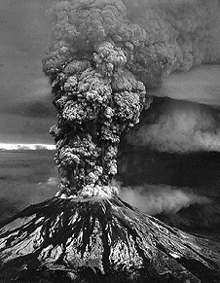This is an image of Mt. St. Helens, in Washington, USA.
Click on image for full size
Image from: USGS, courtesy of Volcano World
Volcanoes
Volcanoes erupt when magma from deep below reaches the earth's surface. Once the magma reaches the surface, it is called lava and flows out onto the surface. Some really explosive volcanoes spew out lava fragments, dust clouds, and ash. Most volcanoes exist along plate boundaries and are determined based on its violence and frequency. Volcanoes have a cooling effect on weather because the ash remains in the sky and reduces the amount of sunlight reaching the surface.
Extinct volcanoes have stopped erupting, dormant volcanoes erupt rarely, and active volcanoes erupt frequently.
This is a picture of Mount St. Helens, located in Washington, which last erupted in 1980. It had more amounts of ash than lava. This volcano was the result of two plates colliding into each other.
You might also be interested in:
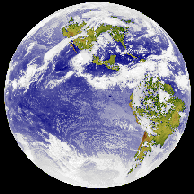
Most of the Earth's surface (70%) is covered with water, and the remaining 30% is taken up by the seven continental landmasses. However, underneath the water that fills the oceans, and the dirt and plants
...more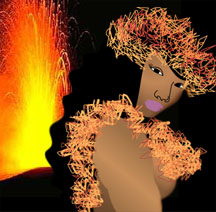
Pele is a fire goddess according to the people of Hawaii. She is a savage and wrathful divinity who is said to reside in the crater of the volcano Kilauea. She is considered responsible for all the eruptions
...more
Compared with other planets, impact craters are rare surface features on Earth. There are two main reasons for the low number of craters. One is that our atmosphere burns up most meteoroids before they
...more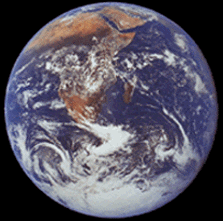
Earth, the largest and densest rocky planet, was formed about 4.5 billion years ago. The Earth's interior is divided into four layers, which is typical of rocky planets. Each layer has different characteristics
...more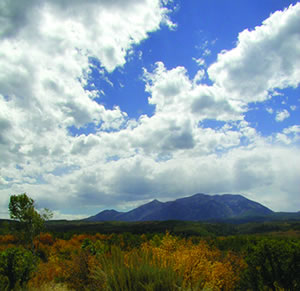
Clouds can come in all sizes and shapes, and can form near the ground or high in the atmosphere. Clouds are groups of tiny water droplets or ice crystals in the sky and are formed by different processes.
...more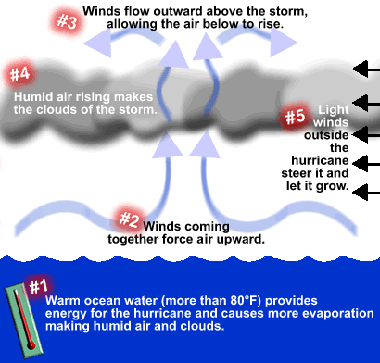
A tropical thunderstorm can grow into a massive hurricane under certain conditions. Sometimes several thunderstorms start rotating around a central area of low pressure. This is called a tropical depression.
...more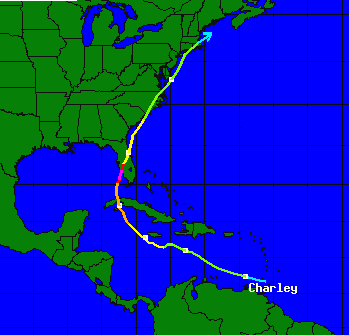
How do we know which way a hurricane will go? Forecasters track hurricane movements and predict where the storms will travel as well as when and where they will reach land. While each storm will make its
...more
One of the most dangerous parts of a hurricane isnít the rain or the wind. Itís the flooding caused by storm surge. As a hurricane or other tropical storm moves towards a coast, it can cause sea level
...more


